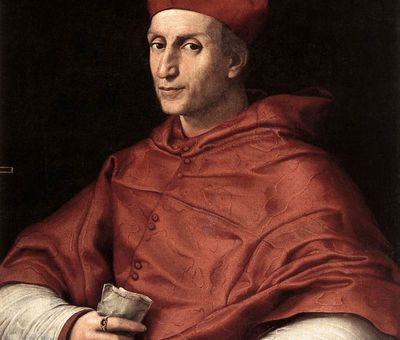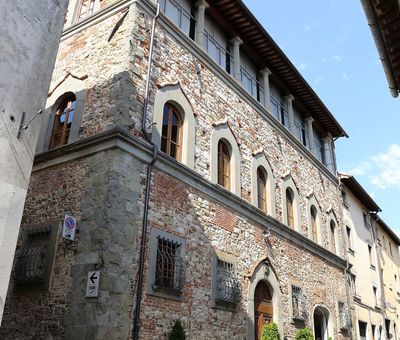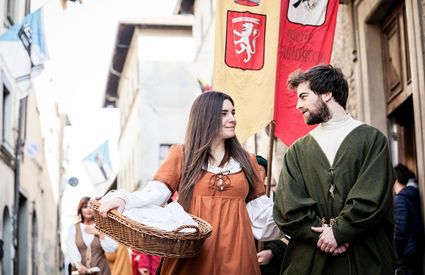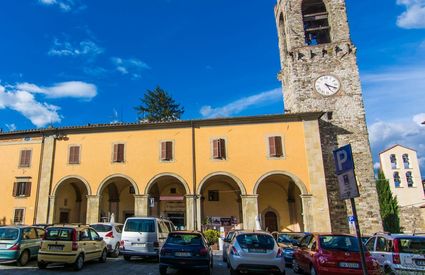Bibbiena, the cardinal at the court of the Medici
Bernardo Dovizi was born to a noble family of Bibbiena, the capital of the Aretine Casentino, but he could never have imagined that his voice would come to carry so much weight at the Medici court, where he was known as “Il Bibbiena”. In Medici circles he was an important and powerful figure, who is said to have facilitated Leo X’s ascent to the papal throne: this Pope himself nicknamed the cardinal “Alter Papa”. He became cardinal in 1513 and spent years on diplomatic missions on behalf of the court. In 1520, on his return from one of these very missions, he died, probably by poison. He even left a comedy, which was performed for the first time, not without scandal, in 1513: “La Calandria” is a tale of cross-dressings and double-crossings vaguely inspired by Boccaccio’s Decameron.
The wrath of Florence betrayed
Little remains of Bibbiena’s glorious past, of its Etruscan and Roman magnificence, of its importance in the Middle Ages, which swelled to make it the most significant centre in Casentino. In a land ravaged by wars and sackings, the fate of the city was eventually determined by that of the Medici, and the lord of Bibbiena, Bernardo Dovizi, had bound himself to the latter. The Medici had been hounded from Florence, and in Bibbiena sought refuge and allies to help them retake it. While they were doing this, Florence dispatched a force to subdue the Medici resistance and to punish the rebellious city, which fell in 1499, after a year of siege, and was razed to the ground. Their support of the Medici, a source of pride and prestige, was also the cause of their downfall.







